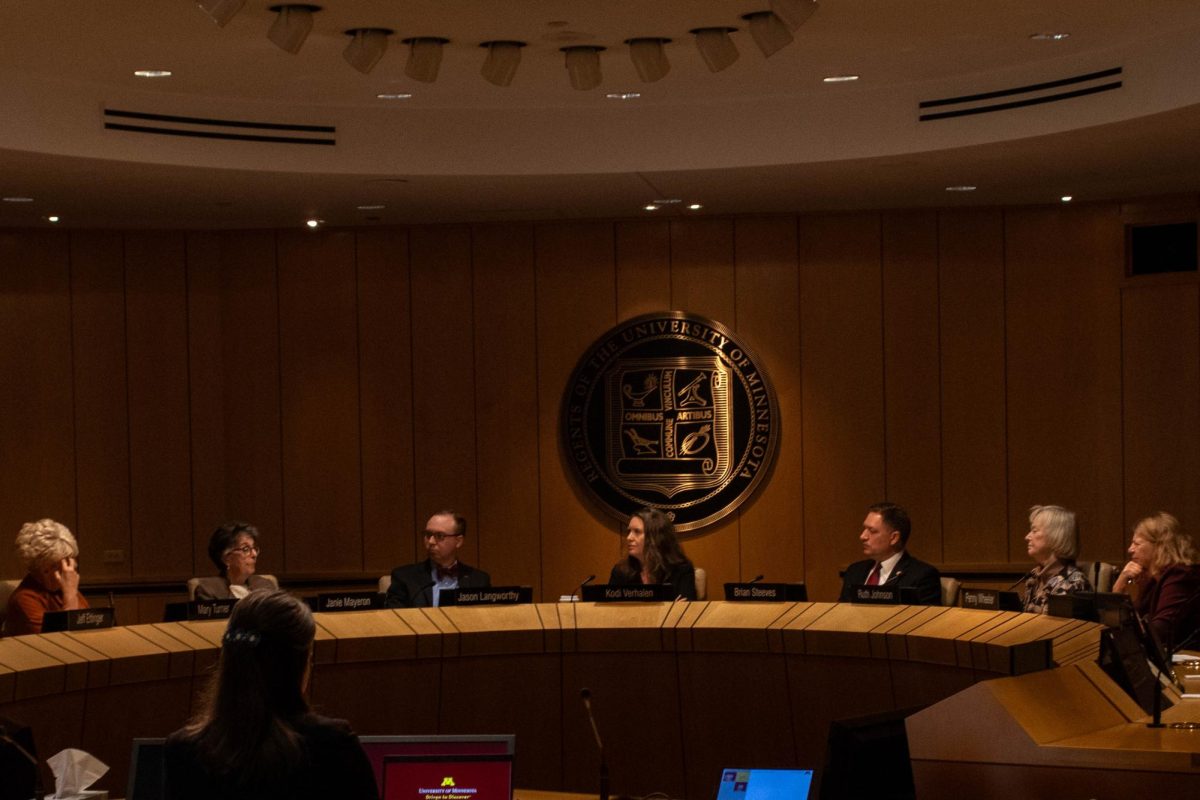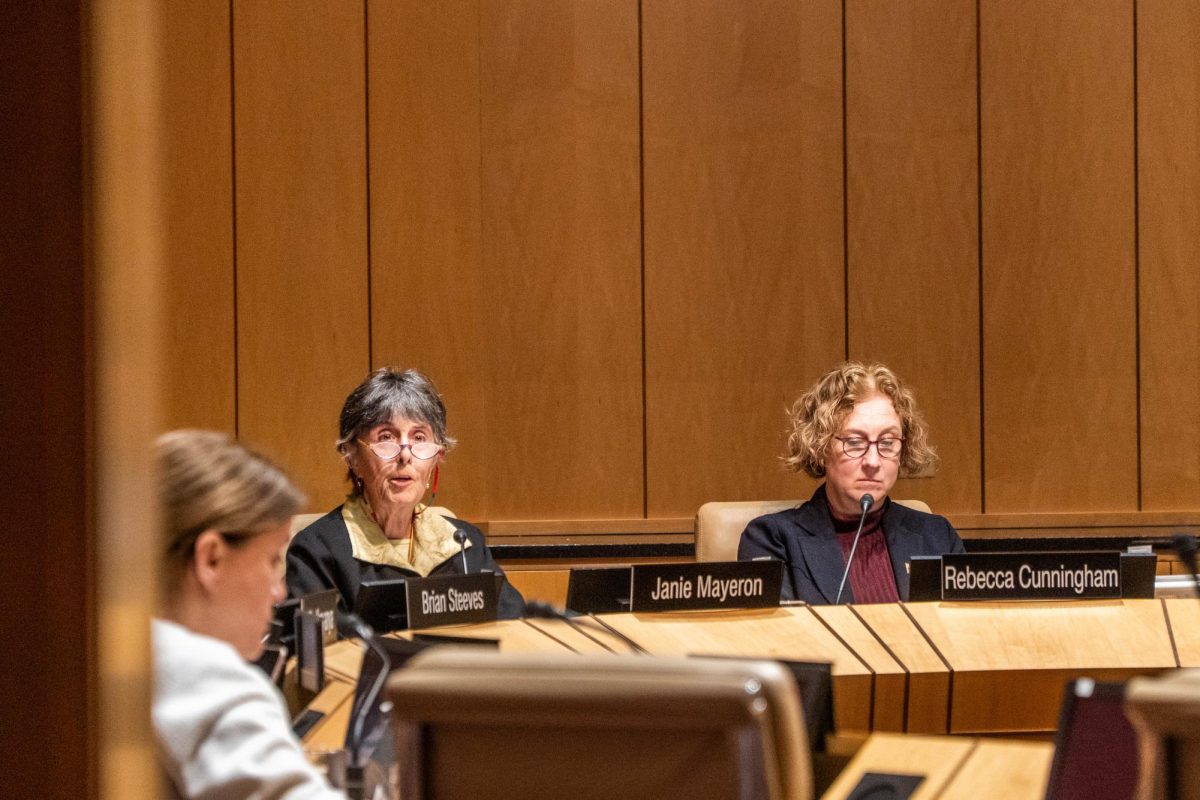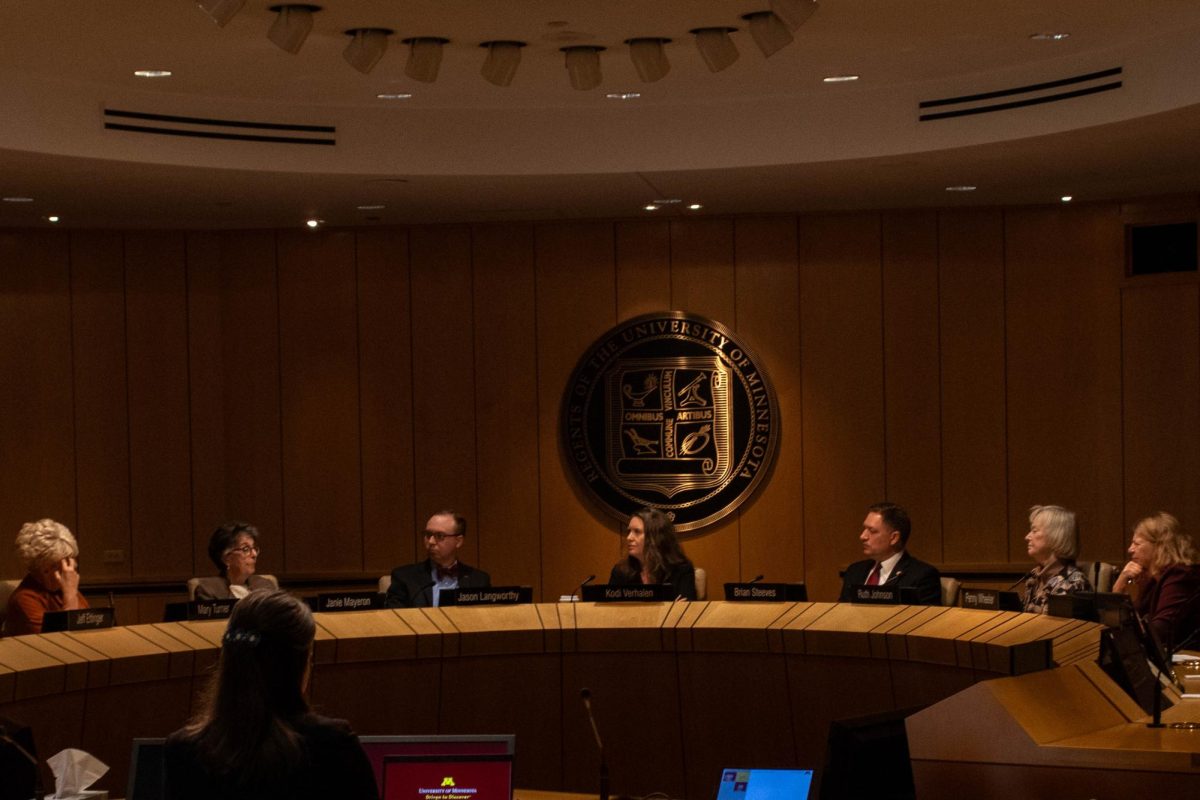The University of Minnesota Board of Regents Special Committee on Academic Health approved governance changes for the University of Minnesota Physicians (UMP) during their December 2024 meeting.
The changes will integrate the University and UMP into one entity and exclude external organizations like the University’s previous partner Fairview, according to the meeting’s docket item.
The governance changes come after the University decided not to renew its contract with Fairview in November 2023, which will expire in 2026.
UMP’s name will change to UM Health, indicating the University’s sole involvement in the organization, according to the docket item. The name change will be implemented by June 25 after further approval by the Board.
The plan was discussed at the December 2024 Board of Regents meeting, where University President Rebecca Cunningham and Clifford Stromberg, a lawyer who represents the University Medical system, discussed the value of the plan.
UMP will work directly with medical school faculty in the new system, according to the plan.
Cunningham said the name change is a “structure” and will encompass the entire system.
One of Cunninham’s goals as president is to refurbish the University’s medical system and provide higher quality to the state, she said in the meeting.
Cunningham referred to the University’s healthcare as a “three-legged stool — physician practice, the University of Minnesota Medical School and the health-system partner.” Cunningham said this plan unifies two of the legs, combining the physicians’ practice and the medical school.
University Medical School Dean Jakub Tolar said he is confident the plan will be incorporated into the University well.
“The physicians have always seen themselves as University-first,” Tolar said.
This change is one part of the University’s healthcare plan, “A New Path Forward.” This plan aims to address problems within the healthcare system led by the University and its new partner Essentia Health.
The new partnership, in addition to UMP governance changes, will strive to provide care for all Minnesotans, both in the Twin Cities and greater Minnesota.
After the COVID-19 pandemic, the number of physicians in Minnesota plummeted significantly, making it more difficult for patients to find and receive care, as discussed in the meeting.
According to the Minnesota Department of Health, premature retirements and exits in the healthcare industry were exacerbated by the pandemic and still have not recovered as of 2022.
In 2019 there were only 4,000 vacancies in careers involving treating and diagnosing conditions, according to the Minnesota Department of Health. By 2022, there were 10,000 vacancies.
Healthcare deserts, rural health care and inequalities were also discussed as issues with the current system. The University hopes to place a minimum of 500 health science students in rural and underserved communities, according to the Health Sciences Strategic Planning.
The plan will be implemented by June 30, according to the meeting’s docket items.
The Board also unanimously approved the Health Sciences Strategic Plan and budget, which was discussed in the October 2024 meeting.
The plan will address health care inequalities and the state’s physician shortage, according to the docket item. Plans include increasing the workforce by 3,000 over the next decade.
The numbers break down to include nearly 200 doctors, veterinarians and oral health professionals for each profession, as well as 650 nurses and 800 patient care specialists.
The budget will be brought to the Minnesota State Legislature during the current session for approval. It will first be presented at the Higher Education Committee. The University presented to the Senate Committee on Jan. 28, but due to legislative issues, there is no presentation date in the House.














michael smith
Feb 5, 2025 at 9:56 pm
Wanting a related story that tells us why, after Covid, Minnesota lost so many physicians (presumably not just UM/Fairview-affiliated physicians). Where did they go?
Good move!
Feb 5, 2025 at 8:46 am
Good move, and a necessary one to “decouple” from Fairview. Fairview adds nothing to the equation and is obstructing the UMN from regaining singular control of their medical facilities. Fairview is poorly managed and has lost money five years in a row. UNM needs to move on.